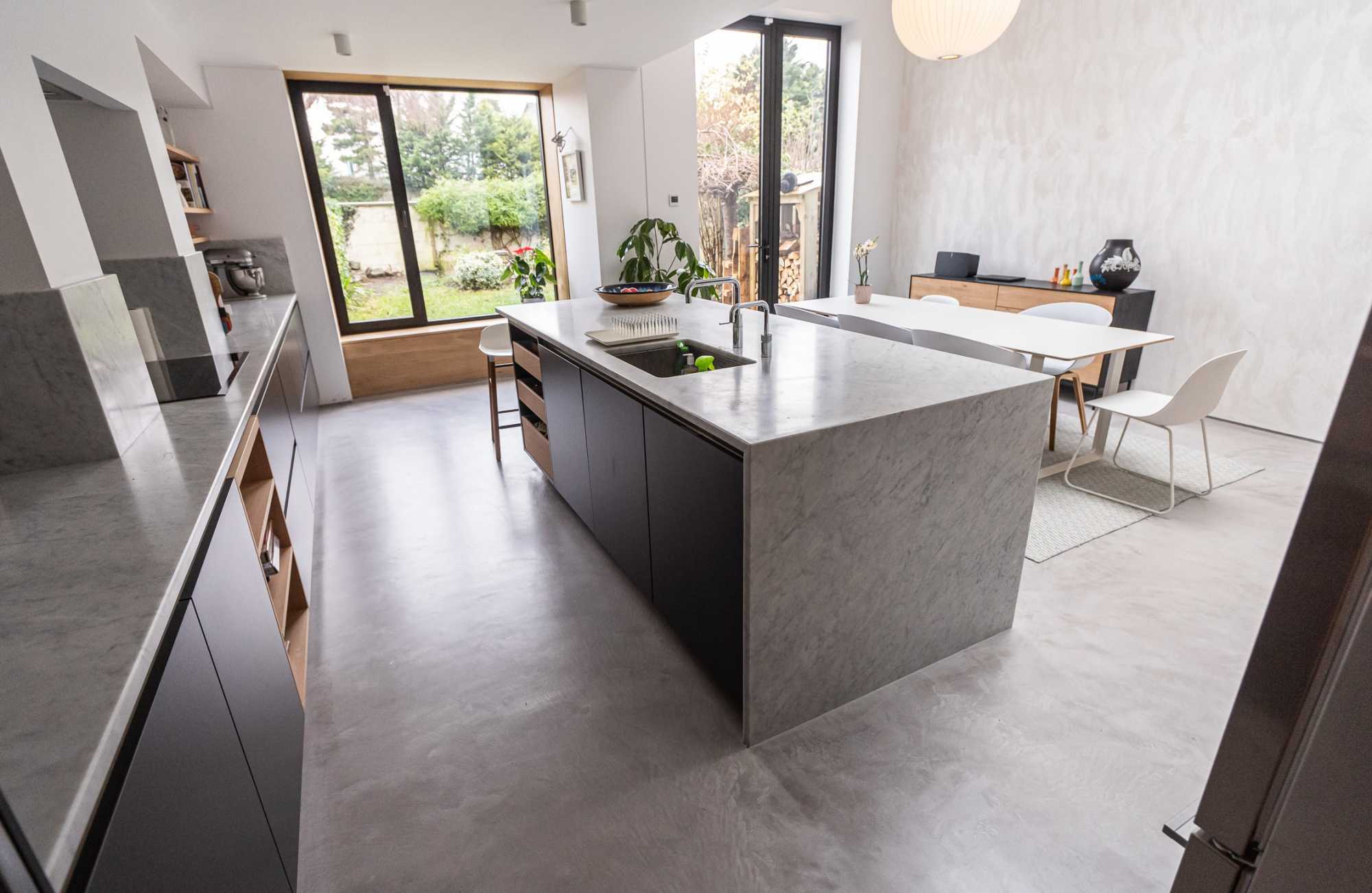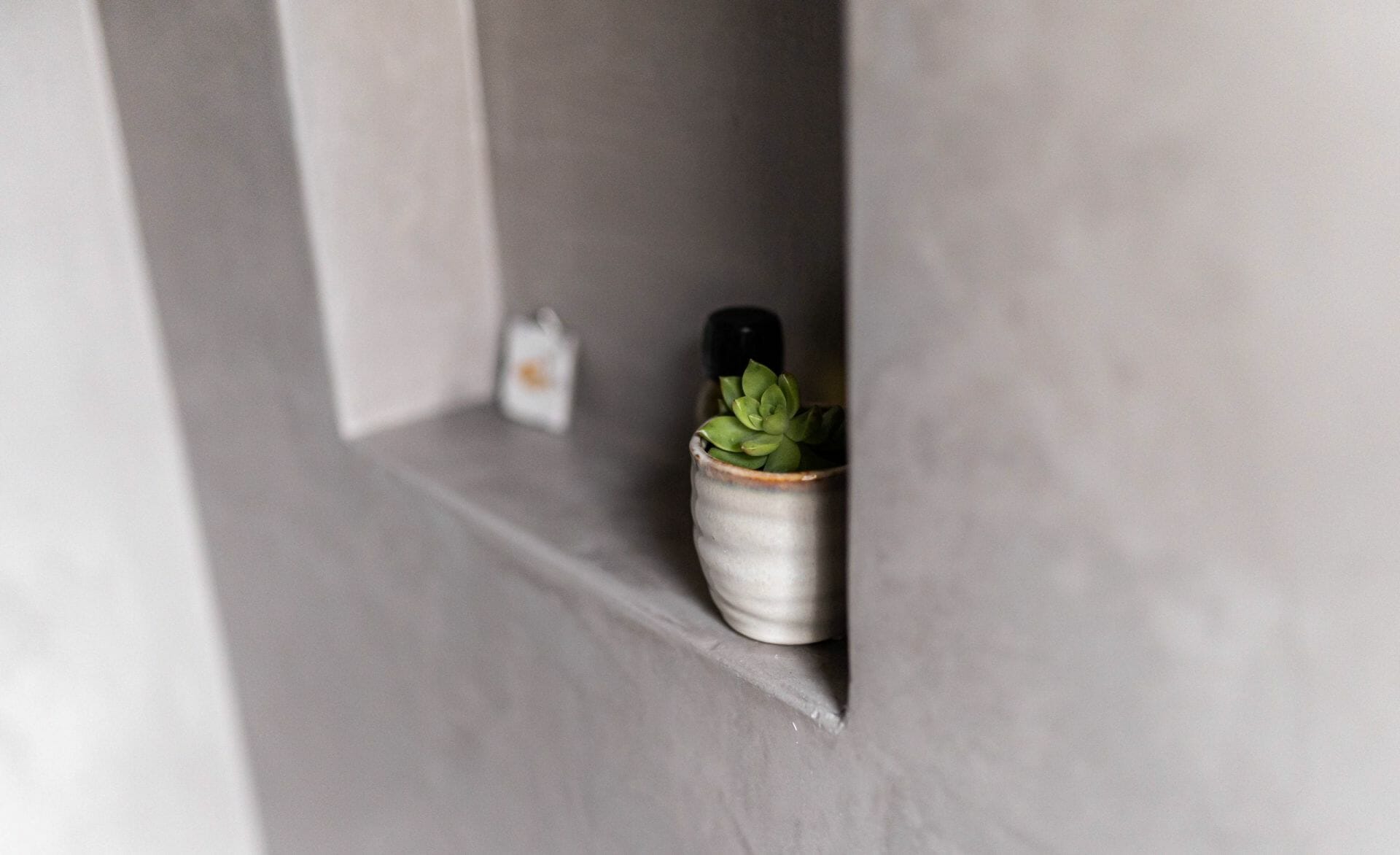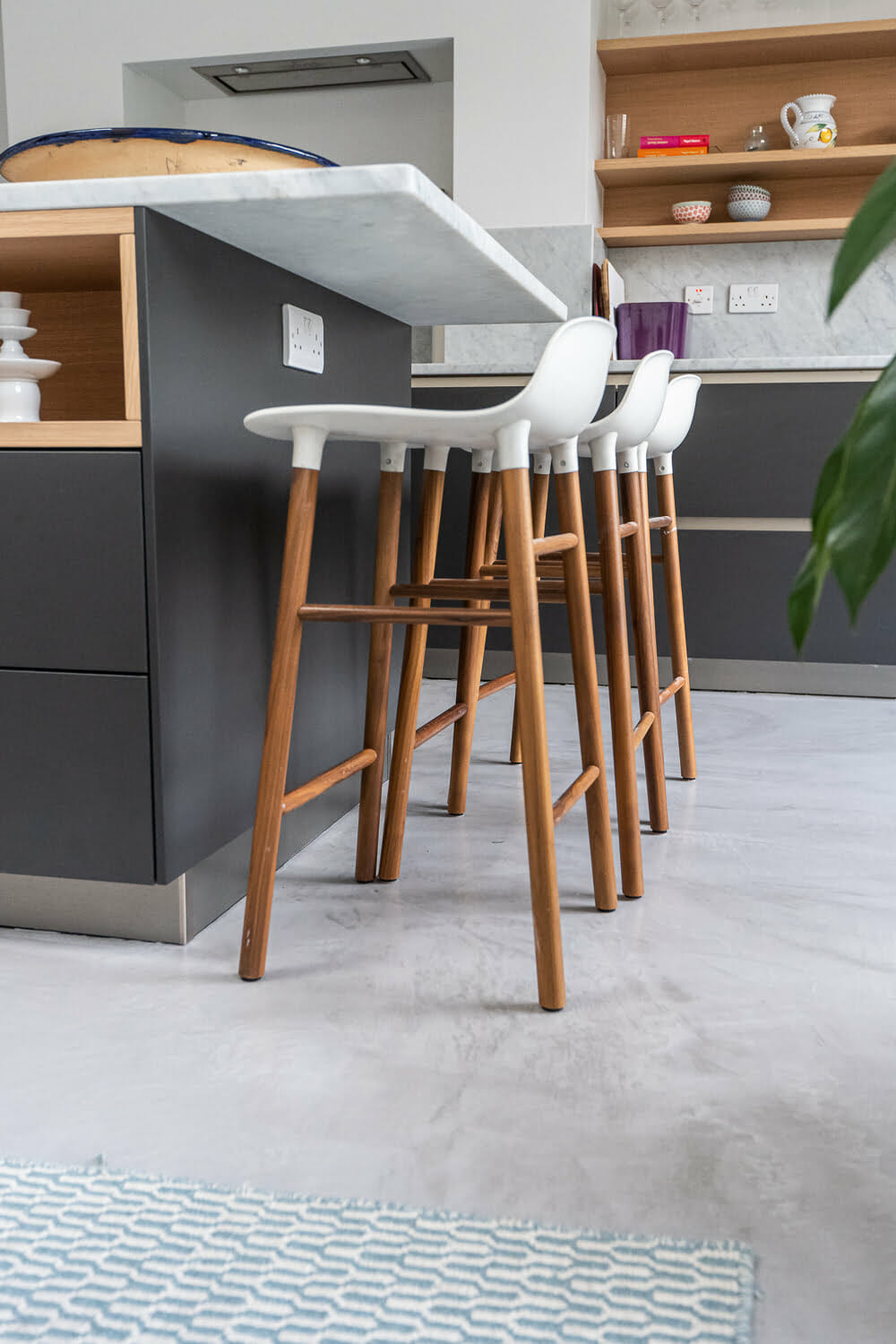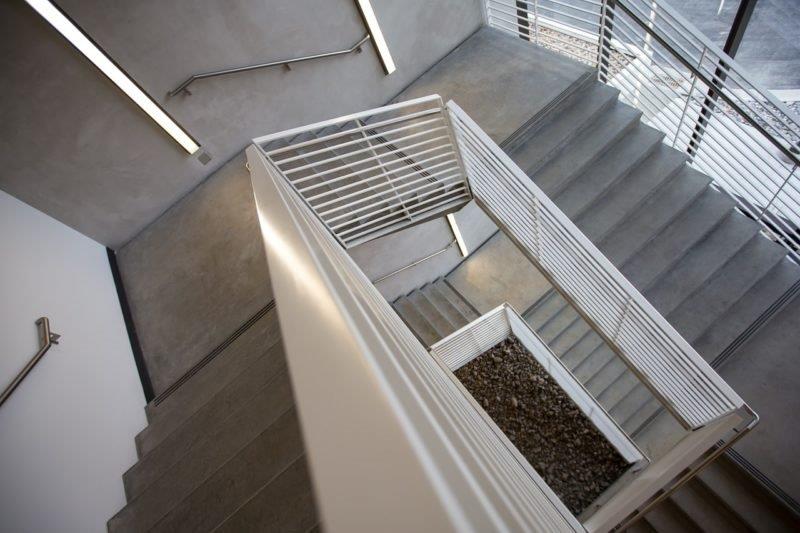Why Microcement is the Hottest Trend in Interior Design in Ireland

Why Microcement is the Hottest Trend in Interior Design in Ireland
In the world of interior design, trends come and go, but there is one that has been making waves in Ireland recently – microcement. With its sleek and minimalist aesthetic, it’s no wonder why microcement has become the hottest trend in interior design. This versatile material has taken the design world by storm, offering a unique blend of style and functionality. From floors to walls, microcement can be applied to almost any surface, giving your home a modern and sophisticated look. But it’s not just about aesthetics – microcement is also highly durable and easy to maintain, making it the perfect choice for busy households. Whether you’re renovating your entire home or just looking to update a single room, microcement is the go-to option for those who want to add a touch of elegance to their interiors. So, if you’re ready to embrace the latest trend in interior design, it’s time to discover the wonders of microcement.



Types of Microcement
– Microtopping & Mortex –
PMAC are installers of both Microtopping and Mortex and each product has different textures, colours and uses. Best to get in touch with us so we can discuss the differences and recommend the right product for your project.


Advantages of using microcement in interior design
Microcement offers a multitude of advantages that make it a popular choice among homeowners and interior designers alike. One of the key advantages of microcement is its versatility. Unlike traditional materials like tiles or stone, microcement can be applied seamlessly to almost any surface, allowing for a more cohesive and uniform look. This means that you can use microcement to create stunning feature walls, kitchen countertops, bathroom vanities, and even furniture pieces. The possibilities are endless.
Another advantage of microcement is its durability. Microcement is made up of a mixture of cement, polymers, and other additives, making it extremely strong and resistant to wear and tear. This means that it can withstand heavy foot traffic, making it an ideal choice for high-traffic areas like hallways and living rooms. Additionally, microcement is also water-resistant, making it suitable for use in bathrooms and kitchens where moisture is a concern.
The versatility of microcement in different spaces
One of the reasons why microcement has become such a popular choice in interior design is its incredible versatility. Microcement can be applied to a wide range of surfaces, making it suitable for use in various spaces throughout your home.
In the living room, microcement can be used to create a stunning feature wall or fireplace surround. The smooth and seamless finish of microcement adds a touch of elegance to any living room, creating a focal point that is sure to impress. Additionally, microcement can also be used to create unique and custom-made furniture pieces, such as coffee tables or TV stands, further enhancing the overall design of the space.
In the kitchen, microcement is an excellent choice for countertops and backsplashes. The smooth and waterproof surface of microcement makes it easy to clean and maintain, while the seamless finish adds a sleek and modern touch to the kitchen. Additionally, microcement can also be used to create kitchen islands or breakfast bars, providing a stylish and functional space for meal preparation and dining.
In the bathroom, microcement is a popular choice for walls, floors, and even shower enclosures. The water-resistant properties of microcement make it ideal for use in wet areas, ensuring that your bathroom remains in top condition for years to come. The seamless and smooth finish of microcement also creates a clean and contemporary look, making your bathroom feel like a luxurious spa retreat.


Microcement finishes and colors
Microcement comes in a variety of finishes and colors, allowing you to create a customised look that suits your personal style and design preferences.
For those who want to add some texture and depth to their surfaces, there is also the option of textured microcement. This finish creates a unique and tactile surface that adds visual interest to any space. Textured microcement is often used in feature walls or as an accent in areas where you want to create a focal point.
In terms of colors, microcement offers a wide range of options. From neutral tones like white, gray, and beige, to bold and vibrant colors like blue, green, and red, there is a microcement color to suit every design scheme. Additionally, microcement can also be customized to match specific color palettes, allowing for endless possibilities in terms of design and creativity.

Cost considerations of using microcement in interior design projects
When considering any interior design project, it is important to take into account the cost implications. While microcement offers numerous advantages and design possibilities, it is essential to understand the cost considerations associated with using microcement in your home.
The cost of microcement can vary depending on several factors, including the size of the project, the complexity of the design, and the location. The cost of microcement installation ranges from €150 to €350 per square meter ex-vat 13.5%, so best to let us know about the project so we can provide an estimate to ensure it is within the projects budget.
It is also worth noting that additional costs may be incurred for any necessary repairs or alterations to the existing surfaces before the microcement can be applied. For example, if the existing floor or wall is uneven, it may require leveling before the microcement can be installed. These additional costs should be taken into consideration when budgeting for a microcement project.
Hiring a professional microcement installer in Ireland
When it comes to installing microcement in your home, it is crucial to hire a professional installer who has experience working with this material. Here are some tips for hiring a professional microcement installer in Ireland:
1. Research and ask for recommendations: Start by researching reputable microcement installers in your area. Ask for recommendations from friends, family, or interior designers who have worked with microcement before.
2. Check credentials and portfolio: Before hiring an installer, make sure to check their credentials and portfolio. Look for certifications or qualifications that demonstrate their expertise in working with microcement. Additionally, ask to see examples of their previous work to get an idea of their craftsmanship and style.
3. Request a consultation and quote: Once you have narrowed down your options, request a consultation and quote from each installer. During the consultation, discuss your design ideas and expectations. A professional installer will be able to provide recommendations and suggestions based on their experience.
4. Ask about the installation process and timeline: It is important to understand the installation process and timeline before starting the project. Ask the installer about the preparation required, the application process, and the estimated time it will take to complete the project.
By following these tips, you can find a professional microcement installer who will ensure a smooth and successful installation process.
Maintenance and care tips for microcement surfaces
While microcement is known for its durability and low-maintenance nature, it still requires proper care to ensure its longevity. Here are some maintenance and care tips for microcement surfaces:
1. Regular cleaning: Clean your microcement surfaces regularly using a mild PH neutral detergent and warm water. Avoid using abrasive or acidic cleaners, as they can damage the surface. Use a soft cloth or mop to gently clean the surface, and make sure to rinse thoroughly to remove any residue.
2. Avoid sharp objects: Although microcement is durable, it is still susceptible to scratching. To prevent scratches, avoid dragging sharp or heavy objects across the surface. Use coasters or placemats under hot or heavy items to protect the surface.
3. Wipe up spills immediately: Microcement is water-resistant, but it is still important to wipe up spills immediately to prevent any potential staining or damage. Use a clean cloth or paper towel to blot the spill, and then clean the area with a mild detergent and warm water.
4. Avoid excessive moisture: While microcement is water-resistant, excessive moisture can still cause damage over time. Avoid leaving standing water on the surface for extended periods, and make sure to dry the surface thoroughly after cleaning.
5. Periodic resealing: Depending on the level of use and wear, microcement surfaces may require periodic resealing. Consult with your installer or a professional to determine the appropriate frequency for resealing your microcement surfaces.
By following these maintenance and care tips, you can keep your microcement surfaces looking their best for years to come.
Get in touch
Our legacy is quality projects we can be proud of. If you are working on a project, we would love to hear about it. Dont hesitate to call us or send in the details of your project through our contact page at https://pmac.ie/contact-pmac/
We look forward to hearing from you!
PMAC is a registered Heritage Contractor and a link to the site can be found below.
https://heritageregistration.ie/heritage-contractors-listing/
